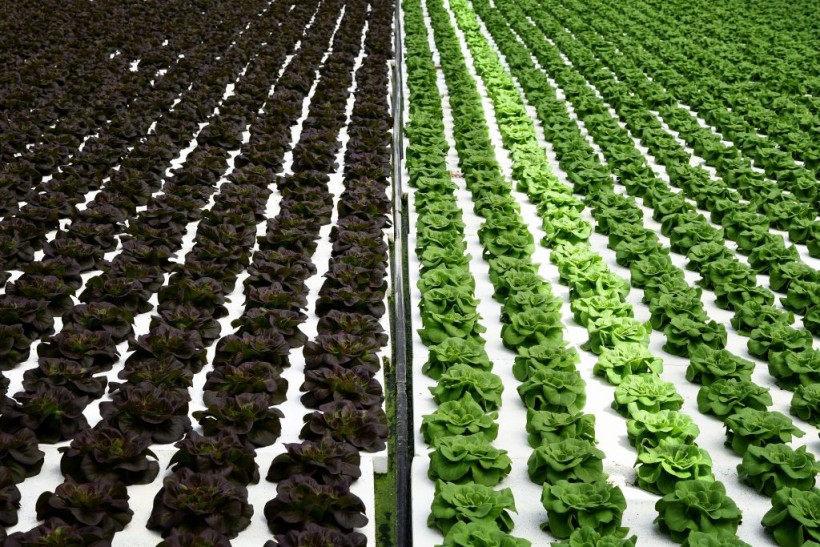Researchers in Singapore have used hair from salons to cultivate crops, including leafy vegetables, micro greens, rocket leaves, and Chinese cabbage bok choy.
Sounds gross, right? But researchers published their study in ACS Sustainable Chemical & Engineering journal.
Using Hair to Grow Vegetables, Make Salad
According to Today Online, Professors Ng Kee Woei and Hu Xiao of Nanyang Technological University created a sustainable alternative to the growth mediums used in urban farming utilizing keratin extracted from hair and seven other academics from Harvard University and NTU.
Prof. Ng, associate chair of research at NTU's School of Materials Science and Engineering, pointed out in a statement that animal rearing also generates sizeable amounts of keratin as biowastes since it is abundantly found in wool, horns, hooves, and feathers.
So the researchers practice hydroponic gardening, which involves growing vegetables without soil. Then, a substrate is used as a support system and a location to store nutrients and water.
Urban farming is the only setting where hydroponic substrates are used to maintain the roots of the plant in place and to absorb the water that supplies nutrients to the plants below the substrate.
Researchers at Nanyang Technological University in Singapore first obtained cut-off hair from salons, extracted the keratin from it, and then reinforced it by mixing it with cellulose fibers derived from wood pulp. After drying, the mixture produced a spongy material.
Then, employing that material as a hydroponic growth medium, arugula and bok choy plants were developed.

A general view shows salads growing on a water basin at the Sfera Agricola hydroponic farm in Gavorrano on June 27, 2019. - The Italian tomato is prized around the world, but its flavor has soured in recent years over reports of mafia infiltration, slave labor, and toxic fires that poison water sources. Southern Europe's biggest hydroponics farm is out to change all that by growing pesticide-free crops in environmentally-friendly greenhouses -- and getting bumblebees to do the hard work.
ALSO READ: Understanding the Key Tech Required in Vertical Farming
What Researchers Found
The research team found that this substance was very effective in absorbing and holding the water-based nutrient solution used in the hydroponic setup and supporting the plants and their growth.
According to New Atlas, hair possessed a water holding capacity 40 times more than its weight, equivalent to modern commercial growth media.
Unlike other media, the keratin-based material completely dissolves in four to eight weeks, transforming into a plant nutrient. New Atlas observed that even though this would need to be updated more frequently, it would not harm the environment when thrown away.
Furthermore, plants planted in the keratin media had longer roots than those grown in standard mediums, allowing them to absorb more water and nutrients. Other sources may also be used if there isn't enough hair to produce the medium on a large scale.
"Since keratin can be extracted from many types of farm wastes, developing keratin-based hydroponic substrates could be an important strategy for recycling farm wastes as part of sustainable agriculture," said Prof. Ng Kee Woei in a statement (via Eurekalert).
RELATED ARTICLE: Could AI-Controlled Vertical Farms Be the Answer to Feeding the Growing Population?
Check out more news and information on Agriculture in Science Times.




![Earth's Quasi-Moon Kamo‘oalewa Could Originate From Lunar Surface Not Asteroid Belt [Study]](https://1721181113.rsc.cdn77.org/data/thumbs/full/53275/89/56/50/40/earths-quasi-moon-kamo-oalewa-could-originate-from-lunar-surface-not-asteroid-belt-study.png)









